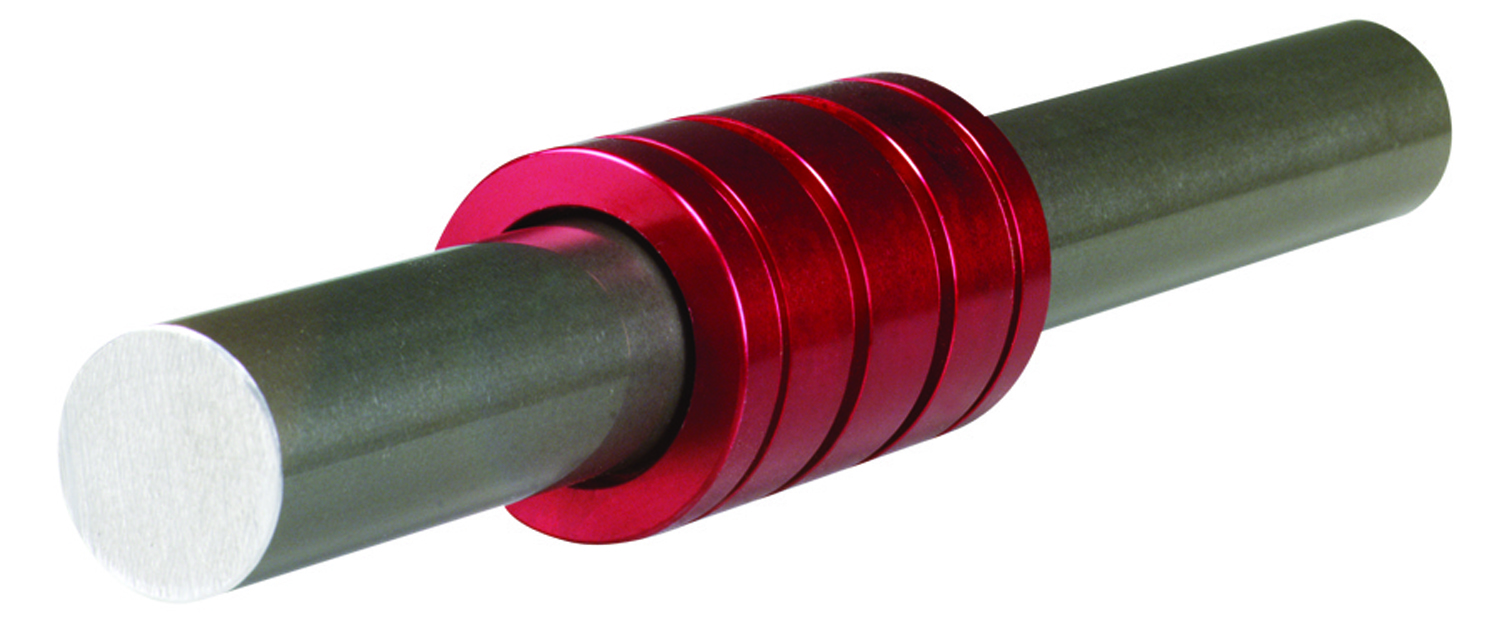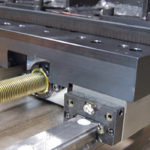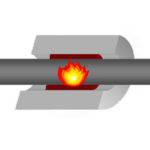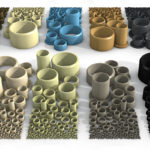For rolling element bearings, the L10 life calculation is an easy way to determine the bearing’s expected travel life. But for plain bearings, determining life expectancy is not so straightforward.
Plain bearing life is based on the amount of wear the bearing experiences, which depends on factors that are unique to each application, such as the bearing material and operating conditions. In addition, the amount of wear that indicates failure (or failure to perform as needed) in one application may be perfectly acceptable in a different application. This variability makes it important to understand what factors cause plain bearings to wear, and therefore, reduce service life.
For a plain bearing, “wear” is a measurement of the amount of material lost from the internal diameter of the bearing.
The most significant factor in plain bearing wear is material. Plain bearings are made of softer materials than the shafts or rails they ride on and are “sacrificial,” meaning the bearing will experience more (or faster) wear than the shaft does. Common bearing materials include plastics, composites, and bronze.
Which materials are better at resisting wear?
Plastic bearings have good wear resistance because they are generally soft enough that particulates will embed themselves in the bearing, rather than becoming trapped between the bearing and shaft. They’re also self-lubricating and can maintain a very low coefficient of friction between the bearing and the shaft during both start-up and continuous operation. Both of these attributes contribute to good wear-resistance. But as heat is generated in the bearing, the bearing can expand, which reduces the clearance between it and the shaft, causing additional friction and wear. Another vulnerability for plastic bearing materials is moisture, which can also cause plastic bearings to expand. And exposure to chemicals can change the material properties of the bearing – typically decreasing the material hardness – which leads to increased wear.

Composite bearings are often constructed with an internal lining that contributes to a low coefficient of friction and provides self-lubrication. Like plastic bearings, composite designs are susceptible to decreased hardness when exposed to some chemicals. But they are better able to dissipate heat than plastic bearings and have better dimensional integrity in high-temperature applications, which helps to prevent excessive wear due to reduced clearances.
Bronze bearings can be self-lubricating under some conditions, but often require external lubrication. If sufficient lubrication isn’t maintained, metal-to-metal contact will occur, which results in high friction, high heat generation, and excessive wear. And this external lubrication can attract and trap particles, causing increased wear between the bearing and the shaft.
What role do shafts play in plain bearing wear?
Shafts are typically made from aluminum, steel, or ceramic. Ground and polished shafts have fewer surface imperfections to cause friction and wear in bearings. But if the surface is too smooth, lubrication (whether supplied externally or from the bearing’s self-lubricating properties) won’t adhere to the shaft, and wear will occur more quickly.

Image credit: Neale Consulting Engineers, Ltd.
What does PV rating have to do with plain bearing wear?
A bearing’s PV rating, which defines the maximum pressure and velocity combination the bearing can withstand, is based on heat generation inside the bearing and the bearing’s ability to dissipate this heat. Exceeding the PV rating will result in too much heat being generated (or the bearing won’t be able to sufficiently dissipate the heat), and excessive wear will occur.








Leave a Reply
You must be logged in to post a comment.